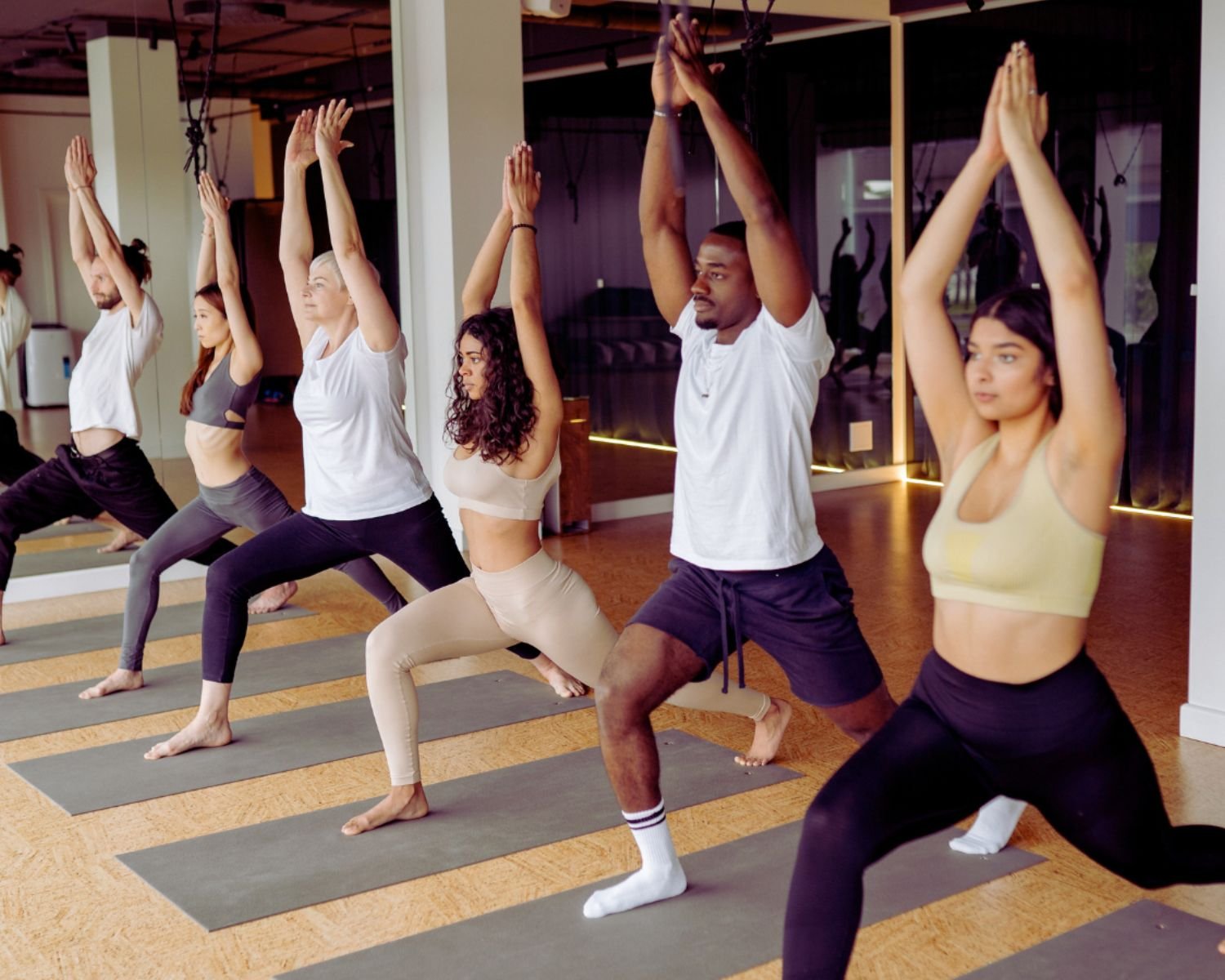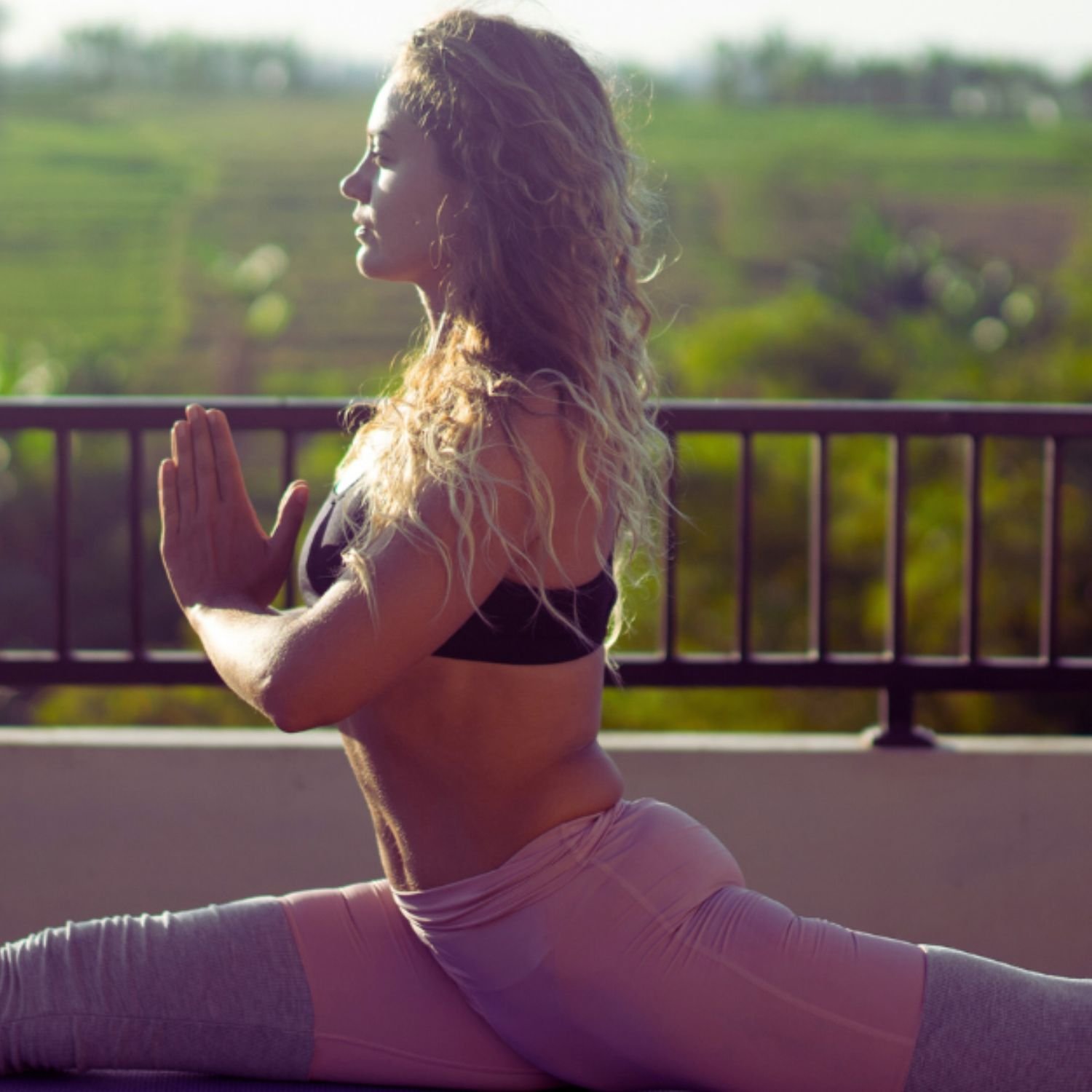Get Ready to Glow: What to Bring to Hot Yoga to Enhance Your Performance?
Hot yoga is a very old and special part of yoga. The main aim of this yoga is to create harmony between the various energies and life processes of your body. Hot yoga is the main way to bring harmony, which means moon-centered energy.
So many learned sages from America, Europe, and other continents established a wonderful process called hot yoga. Through this, you can balance these two forces and take your life's feeling, judgment, and thinking power to the extreme.
Now we go over how to add this, and this is how you can get started. This hot yoga can be an important point in your life, which will help change your life a lot. So without delay, let's find out what this hot yoga is.
How do you prepare for hot yoga for the first time?
If you don't have patience in any work, it is never possible to achieve success from it. In the same way, if you want to do yoga, the first thing you need to give importance to is the mindset of doing this yoga for a long time. If you are adding this for the first time, then there are some steps below that are very important and you must remember.
Give it a go
That's new to hot yoga. Give it a go very often, and people who haven't been there give me all the reasons why they shouldn't be here. Even though they've never actually experienced the first day for themselves. So the message to you is to give it a go, surprise yourself, come with an open mind, be hydrated, and be prepared to fall out of postures and laugh at yourself. You never know what the yogas from the doofy are until you show up for yourself and give it a go. Amazing things happen here literally every single day, and as studio owners, something that we hadn't anticipated before opening the first day was being able to witness.
You just think that gives them the chance to experience how powerful hot yoga can be. If your first day is about staying in the room and your main aim for your first day is just to be in the room with others and observe the practice, that's enough. But then, if you come back the next day, your body will remember the heat, and you'll be able to go a little bit further. If you come back one more time, ideally in a row, But maybe not—maybe three days over the course of a week. On that third day, you will be surprised at how much has already changed for you. One more thing is that you must know what to bring to hot yoga. Begins to understand the series, and your body begins to accept the conditions in the room, and then great change can happen.
Focus on yourself
One of the things that is very common is people coming for the first time, which is quite understandable. So you're very self-conscious, but after two or three days, you'll begin to realize that the only person who's noticing yourself in practice time is yourself. Everyone else is there, working on themselves. The nature of the practice, the discipline of the class, and the heat and humidity ensure that you begin to just focus on yourself. It's quite commonplace for you to spend 90 minutes per day with someone's foot to your right and a foot to your left. After the day, you don't know as a guy or a girl whether to wear red or blue, but what you'll know is that you'll have worked on yourself in some considerable manner, and you'll be feeling very different about yourself in a very positive way.
Is hot yoga too hard for beginners?
The appeal of yoga is hard to resist. Social media is flooded with images of fit bodies moving in a room at a temperature of 105°F, promising improved flexibility, detoxification, and a satisfying sweat. However, those who are new should know hot workout tips for beginners. One question arises among them: Is hot yoga intense for beginners?
Let's address the heat
First things first. Practicing yoga in a room elevates your heart rate, boosts blood circulation, and allows for muscle relaxation. This can be advantageous for enhancing flexibility and expanding your range of motion. On the side, it also presents a challenge. Beginners and those with fitness experience or health concerns may find the heat overwhelming.
Listen to your body
The most effective way to determine if hot yoga suits you is by paying close attention to your body's signals. Begin with a beginner class. Carefully observe how you feel throughout the practice. If you experience dizziness, nausea, or excessive lightheadedness, take breaks. Step out of the room when needed. Remember that pushing yourself beyond discomfort should never be the goal.
So is hot yoga too demanding for beginners? Well—not necessarily.
Approaching yoga with the right mindset and being attuned to your body can present both challenges and rewards. It's important to note that you don't need to push yourself to enjoy the benefits of yoga. There are a range of yoga practices, each offering something unique for individuals to discover and explore.
What to Bring to Hot Yoga
Ditch the cotton, and grab your hydration station! For hot yoga, pack light but mighty. A trusty non-slip mat becomes your sweat-wicking island, while a microfiber towel mops up like a champ. Don't forget your H2O oasis—a reusable water bottle keeps you cool from the inside out. Breathable clothes that move with you are key, and a post-class change of clothes is a sweat-soaked savior. Remember, an open mind and a positive attitude are the ultimate must-haves for your fiery flow. Now, go forth and conquer the heat. So I think now you know what to bring to hot yoga.
What Should You Wear to Your First Hot Yoga Class?
So first, yoga class and the basic principle is that you should be comfortable. So wear something that you know where you feel free to move around in sweat. But something about which you're very comfortable is that in yoga, even beginner yoga, we get into sometimes crazy poses. So make sure that you're allowed a range of motion and whatever you pick, and that you may think that. It could be just like a loose T-shirt and some baggy sweatpants, which are comfortable. Another thing to keep in mind is that, as your teacher, they are going to correct your form, but they can't see your body, which means they cannot correct your body. So what's important is to make sure you can see your knees and also your ankles, as well as your shoulders. So something that you're comfortable in but form-fitting enough that you can see where your body is bending or not. One last thing is that sometimes we may do inversions in class where you go upside down. So just make sure there is something that you can like; maybe tuck in organisms that fall down should we go upside down.
Things to consider
Hydration is key:
Drinking plenty of water before, during, and after class is crucial to prevent dehydration.
Listen to your body:
Don't push yourself beyond your limits, especially if you're new to hot yoga. Take breaks and cool down if needed.
Not for everyone:
Hot yoga may not be suitable for people with certain health conditions, such as heart problems or high blood pressure. Consult your doctor before starting.
Benefits of Hot Yoga for Body Parts
The standing split pose, also known as Urdhva Prasarita Eka Padasana in yoga, offers several benefits for different parts of the body.
Hamstrings:
The standing split pose stretches and strengthens the hamstrings, which are the muscles located at the back of your thighs. Regular practice can improve flexibility and increase the range of motion in this area.
Hip Flexors:
This pose also stretches the hip flexor muscles, which are responsible for lifting your leg and bending your hip. Lengthening these muscles can help improve posture and alleviate tightness in the hip area.
Calves:
The standing split pose engages the calf muscles, providing a gentle stretch and strengthening effect. This can help prevent calf cramps and improve stability in the lower legs.
Core Muscles:
To maintain balance in the standing split pose, you need to engage your core muscles, including the abdominal and lower back muscles. Regular practice can enhance core strength and stability. Balance and Coordination: Balancing on one leg in the standing split pose improves overall balance and coordination. It also helps to develop proprioception, which is your body's awareness of its position in space. Mental Focus: As with many yoga poses, the standing split requires concentration and focus. Practicing this pose can help calm the mind, improve mental clarity, and enhance overall mindfulness.
Remember to always listen to your body and practice with proper alignment and caution. If you have any pre-existing conditions or injuries, it's advisable to consult a qualified yoga instructor or healthcare professional before attempting any new poses.
Wrapping Up:
In conclusion, we can say, that equipping yourself with the right essentials can significantly enhance your performance and overall experience. Bringing a towel to hot yoga is essential for managing sweat and maintaining hygiene throughout the session. Preparing for your first hot yoga class involves hydrating adequately, wearing breathable clothing, and arriving with an open mind. While hot yoga may seem daunting to beginners, with dedication and persistence, it can be a rewarding practice.
As you embark on your hot yoga journey, consider these tips and outfit yourself with the necessary gear to make each session effective. If you're in Franklin, TN, be sure to check out the Hot Yoga Service in Franklin for a welcoming environment and expert guidance on your yoga journey.


